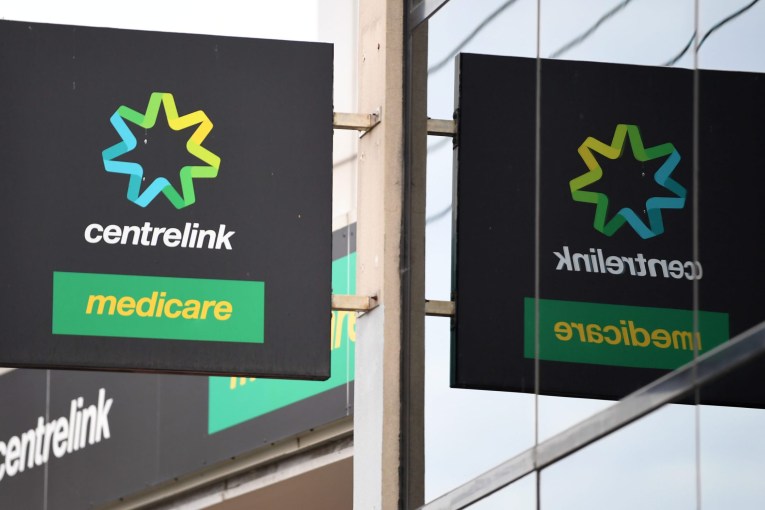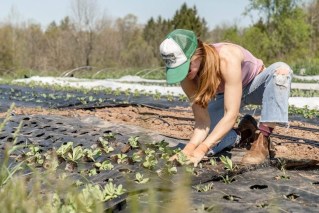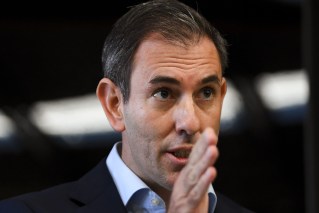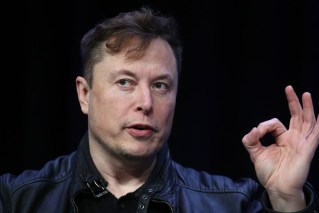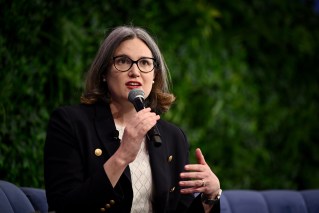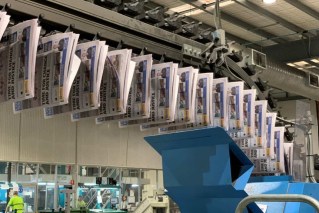Best growth in 60 years as surge stuns pundits, Qld leads the way
For the first time in more than 60 years Australia has reported economic growth above 3 per cent for two consecutive quarters, according to the latest data from the Australian Bureau of Statistics.

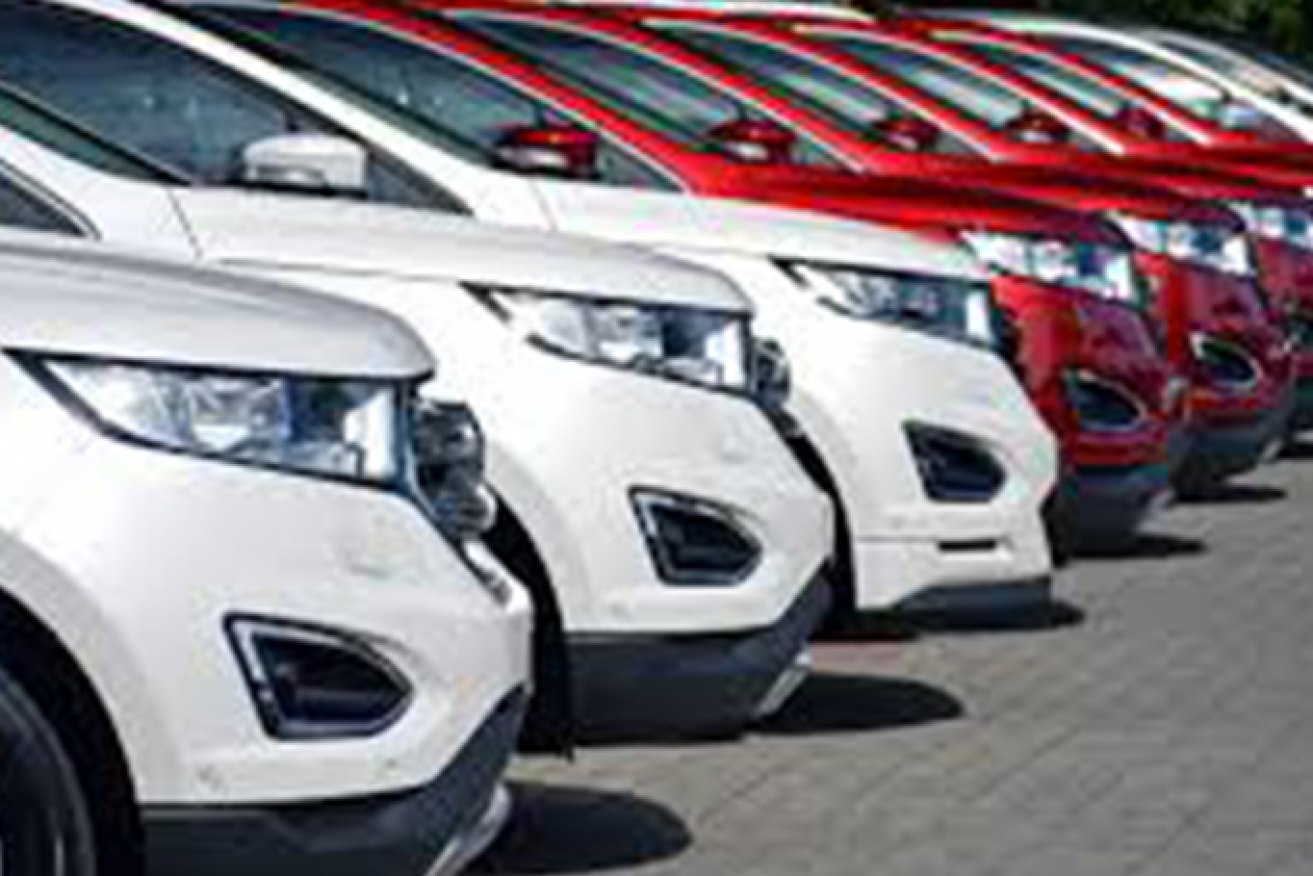
Discretionary spending, including new vehicle sales, have powered Australia's economic growth (Pic: The New Daily).
The gross domestic product results for the December quarter of 3.1 per cent were well above the expectation of economists who were predicting growth of around 2.5 per cent. The result is likely to increase the value of the Australian dollar.
ANZ chief economist Richard Yetsenga said the only word that could be used to describe the Australian economy was spectacular.
“As we sit here today, GDP is probably already above pre-COVID levels, unemployment is falling quickly and markets are staill facing a cocktail of super easy policy,” he said.
Queensland’s growth rate (excluding exports) was 2 per cent for the quarter-on-quarter result – which lagged several other states – but the annual rate of 2.4 per cent put it well ahead of the major states. Queensland is also a predominantly export economy and those results are not included in this data.
IFM economist Michael Joiner said Victoria’s re-opening was a key driver and without its rebound domestic final demand would have been more modest.
The ABS cautioned that while the figures were strong economic activity remained 1.1 per cent lower than recorded in the 2019 December quarter.
The services sectors drove much of the growth but Joiner said it was also a big quarter for agriculture. Farm GDP added 0.5 percentage points to overall growth. Clothing and footwear spending was also up strongly.
He said there had also been a “big discretionary spending uplift and recovery in the motor vehicle sector the highlights of household spending”.
New vehicle sales were also a dominant factor in the growth rates.
ABS head of national accounts Michael Smedes said household spending increased 4.3 per cent as COVID-19 restrictions continued to ease. Victoria recorded the strongest increase in household spending after strict lockdown restrictions were lifted.
“Household spending for the rest of Australia, excluding Victoria, was 1.1 per cent lower than pre-COVID levels,” he said.
Private investment rose 3.9 per cent and contributed 0.7 percentage points to growth. There were rises across both housing and business investment with improved conditions which coincided with government initiatives, such as HomeBuilder and the expanded instant asset write-off.
Compensation of employees rose 1.5 per cent as employment and hours worked increased with underlying activity in the economy. Despite this, household income fell as non-labour income declined with a reduction in government support payments. The household saving to income ratio remained elevated at 12 per cent.
Favourable weather conditions contributed to a strong increase in agricultural production, reflected in a 26.8 per cent increase in Agriculture, Forestry and Fishing Gross Value Added. There were flow-on positive impacts to other industries along the supply chain, including Wholesale Trade and Transport, Postal and Warehousing, which rose 3.6 per cent and 6.1 per cent respectively.
Labor’s treasury spokesman Jim Chalmers said an expected rebound in GDP was welcome but unsurprising given the re-opening of Victoria around that time.
“It won’t be enough to recover all the ground lost during the recession or to ensure people aren’t left behind.”
Reserve Bank governor Philip Lowe, following Tuesday’s monthly board meeting, said the economic recovery was well underway and had been stronger than earlier expected.
The central bank left the cash rate and its other key rates at a record low 0.1 per cent, while committing to further bond purchases aimed at keeping market interest rates and borrowing costs low.
Interest rates, or yields, on global bond markets have risen sharply recently in anticipation of a rapid recovery from the COVID-19-induced recession fuelling inflation.
However, Lowe has reiterated the board will not raise interest rates until inflation is sustainably between two and three per cent, something he does not expect to occur until 2024 at the earliest.
